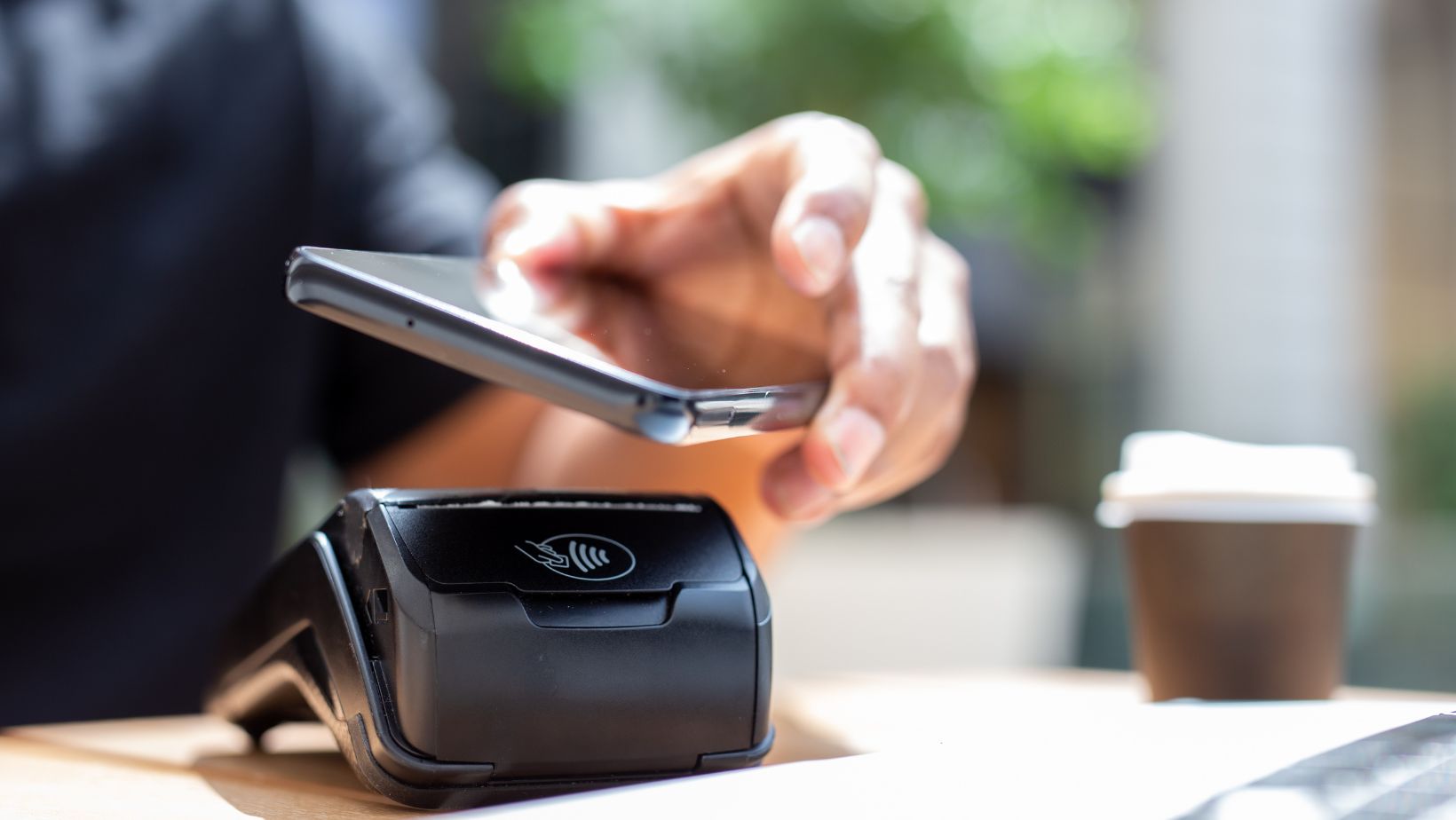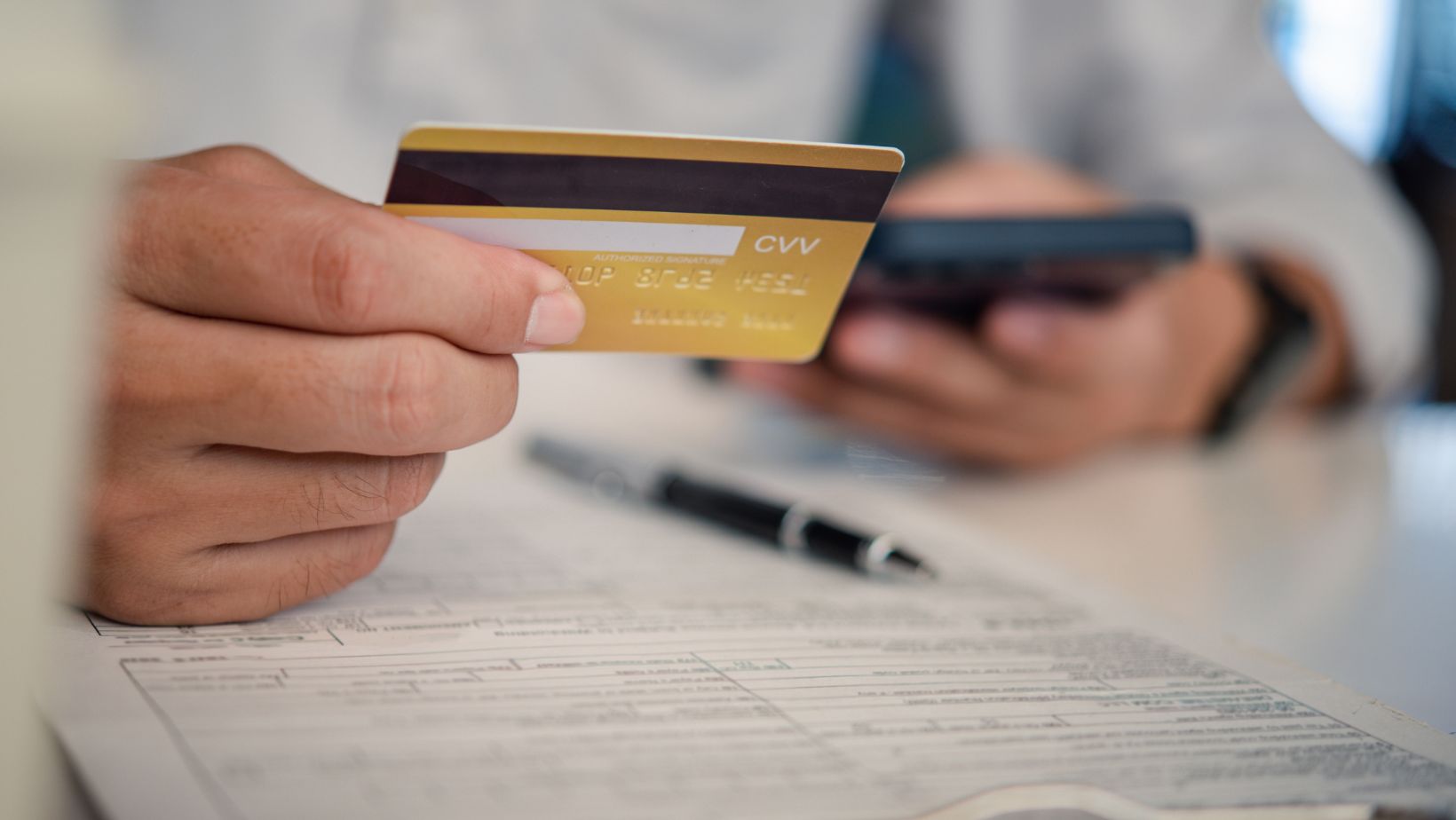Table of Contents
ToggleWhen you invest in a safe, you’re not just buying a box with a lock you’re investing in the protection of your most valuable documents, heirlooms, firearms, or emergency cash. But a safe is only as secure as where you put it. The wrong location can make it easy for a burglar to walk off with the whole unit – or destroy it with water, heat, or brute force.
Let’s walk through the seven best places to install a safe in your home, ranked not just for security but for real-world convenience. Whether you’re stashing your passport or securing a firearm, these recommendations balance discretion, access, structural support, and environmental safety.
1. Wall Safe Behind a Picture or Mirror (But Not in the Master Bedroom)
Why it works: This classic concealment trick still holds up when done right. Wall Home Safe installed between studs can be securely bolted and easily hidden behind framed art, a mirror, or even a closet organizer panel.
Best used for: Documents, passports, emergency cash—items you want accessible but not out in the open.
Installation notes:
- Choose an interior wall, not an exterior one (which may have insulation or HVAC lines).
- Height matters—eye-level is ideal for access, but don’t forget to mark wall studs with a stud finder before cutting.
- Use lag bolts and backing plate or blocking to reinforce the mount.
Safety tip: Avoid putting a wall safe in the master bedroom. It’s the first place most burglars check, according to a 2024 survey by the International Association of Certified Home Inspectors.
2. Floor Safe Under a Rug or Heavy Furniture
Why it works: Floor safes, especially those installed in concrete, are difficult to remove or tamper with. Hidden under a rug or armoire, they’re essentially invisible unless someone knows what they’re looking for.
Best used for: Jewelry, firearms, hard drives—anything requiring high-level protection.
Installation notes:
- Best installed in slab-on-grade foundations or basement floors.
- Avoid areas prone to water seepage unless the safe is rated as waterproof.

- A recessed cut and cemented-in safe will take an afternoon, plus curing time.
Safety tip: Use a dehumidifier if installed in a basement or near plumbing. Moisture can compromise both contents and locking mechanisms.
3. Closet in a Guest Bedroom (Not the Primary Bedroom)
Why it works: A closet in a less-used room provides concealment without drawing attention. Install a safe low to the floor, bolt it through the subfloor or into framing, and you’ve got a secure, semi-concealed location.
Best used for: Legal documents, cash boxes, or collectibles.
Installation notes:
- Reinforce the closet floor from beneath if possible, especially for safes over 100 lbs.
- Use lag screws or bolts into blocking between joists.
- Avoid drywall-only installs. A thief with a crowbar can rip that out in seconds.
Trade insight: Many professionals recommend disguising the safe behind a false wall or shelving unit. Just ensure there’s enough clearance for the door to open fully.
4. Under the Stairs (Especially Enclosed Storage Areas)
Why it works: Staircases often have a hollow underside, especially in two-story homes. These spaces are out of the way but still structurally sound for mounting safes.
Best used for: Larger safes or vault-style cabinets that won’t fit in closets.
Installation notes:
- Mind your clearances. Measure your door swing and safe width before hauling it in.
- Use blocking and masonry anchors as needed, particularly if installing near a concrete pad.
- Finish with a cabinet door or slat wall to blend the space into the surrounding area.
Safety tip: Install a motion light or LED strip for visibility—fumbling in the dark isn’t just annoying, it’s unsafe.
5. Inside a False Cabinet or Pantry Kickplate
Why it works: The kitchen is an often-overlooked location during break-ins. By modifying a cabinet base or kickplate, you can store small safes right underfoot.
Best used for: Backup keys, emergency cash, flash drives, or small valuables.
Installation notes:
- Use screw-mounted false fronts and magnetic closures for hidden access.
- Keep waterproofing in mind—install on upper cabinetry if your kitchen is prone to leaks.
DIY caution: Avoid placing the safe near heat-producing appliances like ovens or dishwashers. Temperature swings can damage sensitive items.
6. Basement Corner (With Moisture Controls)
Why it works: A rarely-used corner of a basement can offer solid concealment, provided it’s protected from moisture. Safes can be bolted into concrete floors or masonry walls with expanding anchors.
Best used for: Large fireproof safes storing deeds, wills, firearm collections, or backup drives.
Installation notes:
- Elevate the safe at least 1–2 inches off the floor using pressure-treated blocking or a steel pedestal.
- Always seal concrete floors before installation to control vapor transmission.
- Consider installing a battery-powered dehumidifier in the safe.
Expert advice: If your basement is prone to flooding, choose a location well above the high water line, or reconsider altogether. A safe isn’t much help submerged in four inches of runoff.
7. Attic With Reinforcement and Climate Control
Why it works: Attics are seldom searched and require effort to access, making them a good last-line location for safes that don’t need frequent access.
Best used for: Backup valuables, gold/silver storage, rarely accessed items.
Installation notes:
- Ensure attic joists can support the weight of your safe. Reinforce with cross-bracing or install directly over load-bearing walls.

- Insulate the safe with fire-retardant blankets or build a vented enclosure.
- Use only safes rated for temperature and humidity swings.
Safety tip: Install a drop-down ladder and adequate lighting. You’re storing valuables, not staging an obstacle course.
Final Considerations: Code, Convenience, and Calling a Pro
Permits & Code:
Residential safes generally don’t require permits unless part of a new structure (e.g., vault room or reinforced safe room). However, firearm safes may need to meet specific code requirements in your jurisdiction, especially if children live in the home.
DIY vs. Pro:
If you’re anchoring into concrete, modifying framing, or unsure about load-bearing locations—call a pro. A general contractor or security specialist can ensure the safe is both concealed and secure. Improperly mounted safes not only reduce security but can void the manufacturer’s fire or theft warranty.
Smart Safe Options:
In 2025, many modern safes come with Wi-Fi connectivity, tamper alerts, and biometric access. These add convenience but require reliable power or battery backups. Plan your installation with future access and maintenance in mind.
Bottom Line
A safe is only as good as its placement. Whether you’re securing legal documents, protecting heirlooms, or simply gaining peace of mind, where you install your safe matters just as much as what you put inside. By choosing a location that balances concealment, access, structural integrity, and climate safety—you make the most of your investment.
Take your time. Measure twice. Bolt once.
And if in doubt? Ask someone who’s installed more than a few. Because security isn’t just about locks—it’s about building smart from the ground up.

